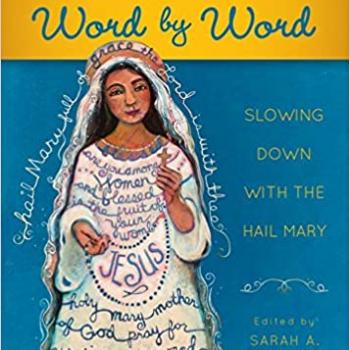I want to make a few brief comments on the news about Fr. Frank Pavone being dismissed from the clerical state.
First: Regardless of where you stand on the topic (if anywhere), The Pillar has a detailed, non-sensational, fact-checked rundown of what has happened, including a review of the technicalities of the judicial process involved.
If all these details of canon law are new to you, take it slowly. But please do read it, because it is not just annoying (for all of us) but downright embarrassing (for them, hopefully not you) when reporters and commentators skip reality and reach for the confusion-generator instead.
Don’t do that. Opine all you like, but opine accurately, please.
Second: I take no opinion, but not because I think indifference is a virtue.
I have no inside scoop, and the publicly available details aren’t adequate for me to fully form a decision about this case. So I’ll reserve judgement until I know enough to render an informed opinion.
Third: I think that those who do have complete knowledge about this situation should indeed have an opinion, and it ought to be a strong one.
Laicizing a priest against his will is an extremely serious matter. There are only four possibilities as to what happened:
- Or: Fr. Pavone committed offenses egregious enough to unequivocally merit this consequence.
- Or: His offenses were serious enough to merit this consequence, but the facts were such that even someone fully informed might question whether this was the correct judgement.
- Or: His offenses were serious, but should not quite have resulted in so final and dramatic a ruling. He was thus treated unjustly, and that injustice lead to radical, permanent consequences, even if it all happened out of ordinary human error.
- Or: His offenses were nowhere near serious enough to merit this result, and thus an extremely grave injustice has been committed against him.
Thus while most of us are not in a position to know with certainty which of these possibilities is the case, those who do know should in no way feel indifferent to the outcome.
Fourth: The Pillar’s coverage points to a few places where canon law as presently written is not to my taste.
(For those who aren’t familiar at all with what canon law is: They are the rules about procedures for governance of the Catholic Church. They are periodically updated or changed. So while the Catholic faith — what we believe about God — is unchanging, administrative rules about how to handle various situations that arise in the running of the Church are subject to revision.)
Fifth: Absolutely, I agree there are some atrocious cases of Looking the Other Way that I would like very much for the lawful authorities within the Church (and in some cases the state as well, if it concerns criminal law) to deal with — mercifully but also justly.
I don’t think any opinion on Pavone’s case, regardless of whether one is for or against the recent decision to dismiss him from the clerical state, changes that fact.
Sixth: Back in 2016 I wrote “Can a Good Man Sin?” in response to what I still view as a serious offense committed by Fr. Pavone. Recently I saw that Fr. Pavone had clarified the altar in question was not a fixed, consecrated altar but rather a table sometimes used for that purpose.
I think my comments written then are still germane, despite this new information that shifts our understanding of the situation. If you go back and read, keep the new information in mind; obviously I would have written something slightly different if that information had been available to me at the time.
Seventh: Even if I were Pavone’s best friend and closest enemy both, I still couldn’t judge the state of his soul. Just pray for him. No matter what the ultimate reality of this situation is, we can know with absolute certainty that it is very serious and the man is in need of much prayer.

Artwork: Triptych of Justice seated between St. Michael and St. Gabriel, circa 1421 by Jacobello Del Fiore. Those two patrons seem just as apropos today as they did then. Via Wikimedia, public domain.













